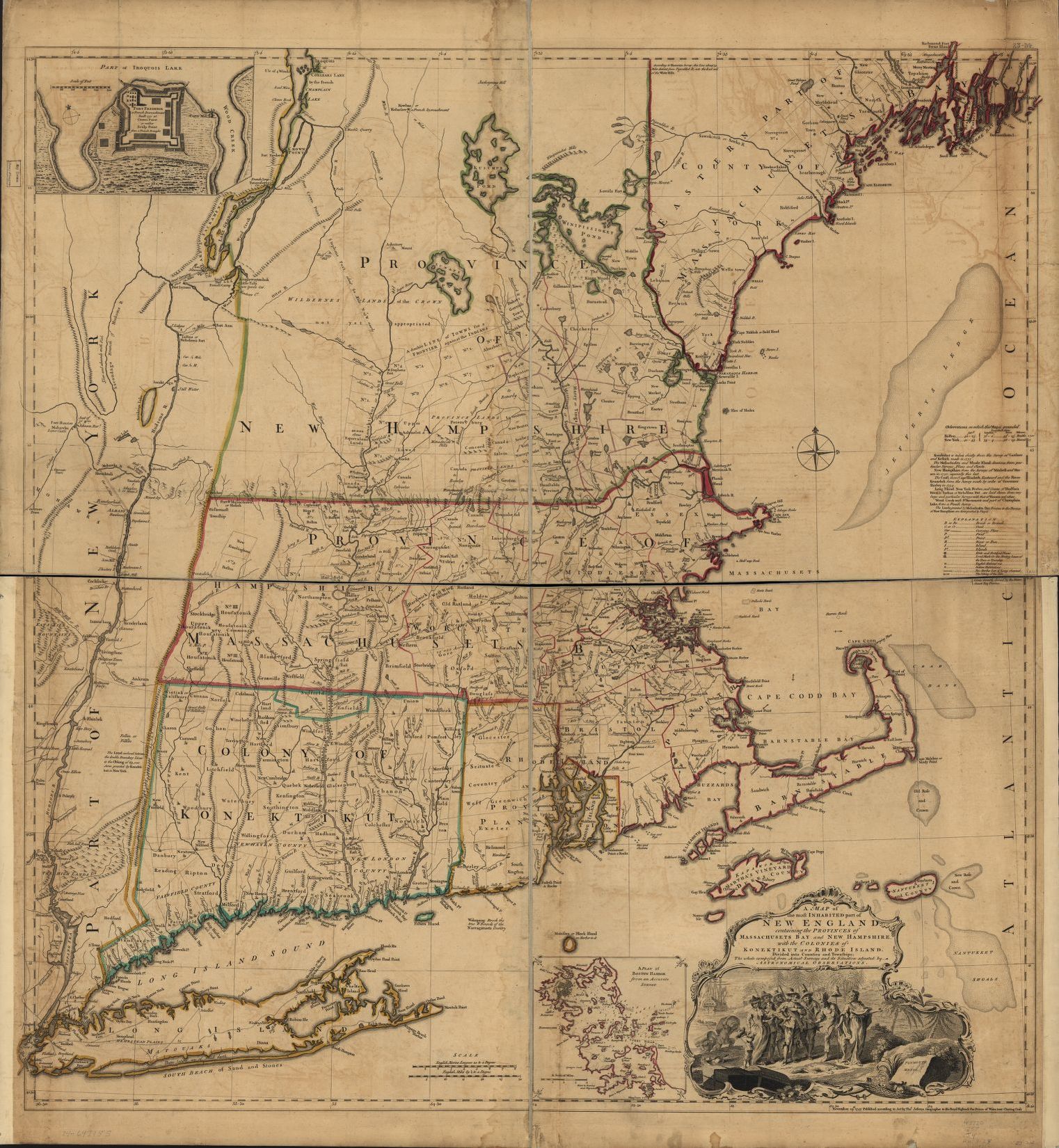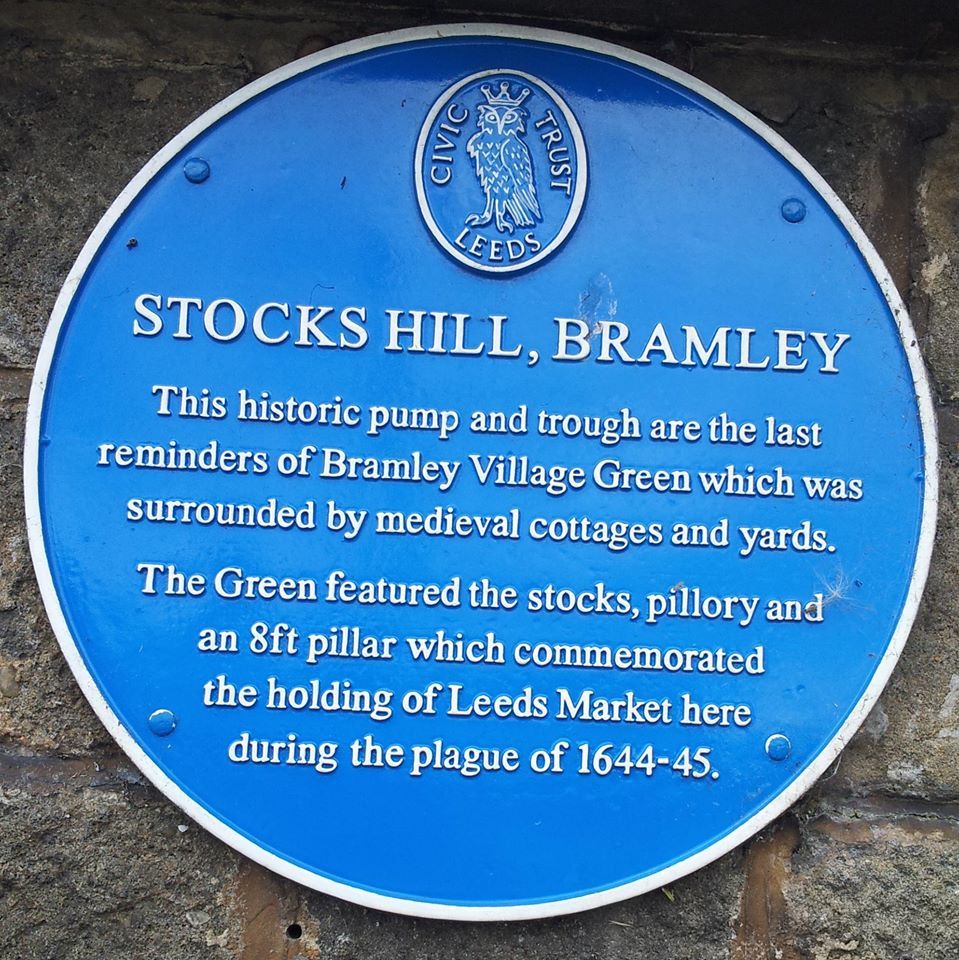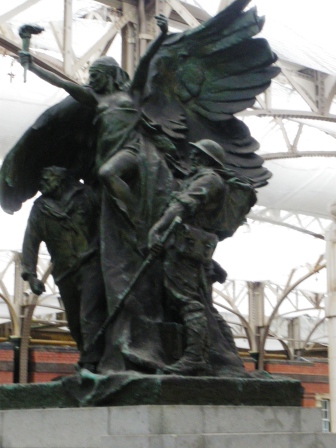|
Hilda Annetta Walker
Hilda Annetta Walker FRSA (1877 – 3 June 1960) was an English sculptor, and a painter of landscapes, seascapes and horses, flourishing between 1902 and 1958. She was a war artist painting in England during the First and Second World Wars, and described as "escapist". Some of her early work was the production of oilette postcard paintings for Raphael Tuck & Sons, of firemen and horses. She was born in Mirfield, Yorkshire, England, to a family of blanket manufacturers who had the means to foster her art education. She grew up in the Protestant work ethic of Congregationalism, and attended Leeds College of Art, where she studied under William Gilbert Foster of the Staithes group and William Charles Holland King, sculptor of Dover Marine War Memorial. She signed her works "Hilda Walker" or sometimes "Hilda A. Walker". Her siblings included Ronald Walker, Eric Walker and Dora Walker. The artist Marie Walker Last was her niece. Background Tradition of manufacturing Walker w ... [...More Info...] [...Related Items...] OR: [Wikipedia] [Google] [Baidu] |
Fellow Of The Royal Society Of Arts
The Royal Society for the Encouragement of Arts, Manufactures and Commerce (RSA), also known as the Royal Society of Arts, is a London-based organisation committed to finding practical solutions to social challenges. The RSA acronym is used more frequently than the full legal name (The Royal Society for the Encouragement of Arts, Manufactures and Commerce). The RSA's mission expressed in the founding charter was to "embolden enterprise, enlarge science, refine art, improve our manufacturers and extend our commerce", but also of the need to alleviate poverty and secure full employment. On its website, the RSA characterises itself as "an enlightenment organisation committed to finding innovative practical solutions to today's social challenges". Notable past fellows (before 1914, members) include Charles Dickens, Benjamin Franklin, Stephen Hawking, Karl Marx, Adam Smith, Marie Curie, Nelson Mandela, David Attenborough, Judi Dench, William Hogarth, John Diefenbaker, and Tim ... [...More Info...] [...Related Items...] OR: [Wikipedia] [Google] [Baidu] |
Protestant Work Ethic
The Protestant work ethic, also known as the Calvinist work ethic or the Puritan work ethic, is a work ethic concept in theology, sociology, economics and history which emphasizes that diligence, discipline, and frugality are a result of a person's subscription to the values espoused by the Protestant faith, particularly Calvinism. The phrase was initially coined in 1904–1905 by Max Weber in his book ''The Protestant Ethic and the Spirit of Capitalism''. Weber asserted that Protestant ethics and values, along with the Calvinist doctrines of asceticism and predestination, enabled the rise and spread of capitalism. It is one of the most influential and cited books in sociology, although the thesis presented has been controversial since its release. In opposition to Weber, historians such as Fernand Braudel and Hugh Trevor-Roper assert that the Protestant work ethic did not create capitalism and that capitalism developed in pre-Reformation Catholic communities. Just as priests and ... [...More Info...] [...Related Items...] OR: [Wikipedia] [Google] [Baidu] |
Yorkshire
Yorkshire ( ; abbreviated Yorks), formally known as the County of York, is a Historic counties of England, historic county in northern England and by far the largest in the United Kingdom. Because of its large area in comparison with other English counties, functions have been undertaken over time by its subdivisions, which have also been subject to History of local government in Yorkshire, periodic reform. Throughout these changes, Yorkshire has continued to be recognised as a geographic territory and cultural region. The name is familiar and well understood across the United Kingdom and is in common use in the media and the Yorkshire Regiment, military, and also features in the titles of current areas of civil administration such as North Yorkshire, South Yorkshire, West Yorkshire and the East Riding of Yorkshire. Within the borders of the historic county of Yorkshire are large stretches of countryside, including the Yorkshire Dales, North York Moors and Peak District nationa ... [...More Info...] [...Related Items...] OR: [Wikipedia] [Google] [Baidu] |
Warwick
Warwick ( ) is a market town, civil parish and the county town of Warwickshire in the Warwick District in England, adjacent to the River Avon. It is south of Coventry, and south-east of Birmingham. It is adjoined with Leamington Spa and Whitnash. It has ancient origins and an array of historic buildings, notably from the Medieval, Stuart and Georgian eras. It was a major fortified settlement from the early Middle Ages, the most notable relic of this period being Warwick Castle, a major tourist attraction. Much was destroyed in the Great Fire of Warwick in 1694 and then rebuilt with fine 18th century buildings, such as the Collegiate Church of St Mary and the Shire Hall. The population was estimated at 37,267 at the 2021 Census. History Neolithic Human activity on the site dates back to the Neolithic, when it appears there was a sizable settlement on the Warwick hilltop. Artifacts found include more than 30 shallow pits containing early Neolithic flints and pottery an ... [...More Info...] [...Related Items...] OR: [Wikipedia] [Google] [Baidu] |
Bramley, Leeds
Bramley is a district in west Leeds, West Yorkshire, England. It is part of the City of Leeds Ward of Bramley and Stanningley with a population of 21,334 at the 2011 Census. The area is an old industrial area with much 19th century architecture and 20th century council housing in the east and private suburban housing in the west. Etymology The name of Bramley is first attested in the 1086 Domesday Book as ''Brameleia'' and ''Bramelei''. The name derives from the Old English words ''brōm'' ('broom') and ''lēah'' ('open land in a wood'). Thus the name once meant 'open land characterised by broom'. History At the time of the Domesday survey, the nucleus of the settlement was probably located at Stocks Hill, and it developed in a linear fashion along today's Town Street. The surviving water pump and stone water trough on Stocks Hill remain from Bramley's medieval past. The accompanying blue plaque states "Stocks Hill, Bramley. This historic pump and trough are the l ... [...More Info...] [...Related Items...] OR: [Wikipedia] [Google] [Baidu] |
Gildersome
Gildersome is a village and civil parish in the City of Leeds metropolitan borough 5 miles (7 km) south-west of Leeds city centre in West Yorkshire, England. Glidersome forms part of the Heavy Woollen District. Location Historically part of the West Riding of Yorkshire, it is situated midway between Leeds, Wakefield and Bradford but is in the LS27 (Leeds) postcode area while the village telephone numbers are "0113", the Leeds prefix. Gildersome was an urban district, established in 1894. In 1937 it was absorbed into the Municipal Borough of Morley. In 1974 the borough was abolished and combined with neighbouring authorities in the City of Leeds. Although the village is still classed as part of the Morley urban area in the census, it is technically separate, and is not governed by Morley Town Council. In 2004 a civil parish was established and the village now has a parish council. At the 2011 Census the population of this civil parish was 5,804. Gildersome is sits ... [...More Info...] [...Related Items...] OR: [Wikipedia] [Google] [Baidu] |
Batley
Batley is a market town in the Metropolitan Borough of Kirklees, in West Yorkshire, England. Batley lies south-west of Leeds, north-west of Wakefield and Dewsbury, south-east of Bradford and north-east of Huddersfield. Batley is part of the Heavy Woollen District. In 2011 the population of Batley including Hanging Heaton, Staincliffe, Carlinghow, Birstall, Birstall Smithies, Copley Hill and Howden Clough was 48,730. ''Select "Batley M.B." from "Available Areas"'' History Batley is recorded in the ''Domesday Book'' as 'Bateleia'. After the Norman conquest, the manor was granted to Elbert de Lacy and in 1086 was within the wapentake of Morley. It subsequently passed into the ownership of the de Batleys, and by the 12th century had passed by marriage to the Copley family. Their residence at Batley Hall was held directly from the Crown; at this time the district was part of the Duchy of Lancaster. Howley Hall in Soothill was built during the 1580s by Sir John Savile, a member ... [...More Info...] [...Related Items...] OR: [Wikipedia] [Google] [Baidu] |
Marie Walker Last
Marie Walker Last (14 March 1917 – 25 March 2017) was a British artist working in London in the late 1950s and early 1960s before returning to continue painting in her Yorkshire home until her death in 2017. She developed her own style of Tachisme abstract painting. Early life Marie Walker Last was born to Ethel and Hubert Walker, a textile manufacturing family in Cleckheaton. Her father was an art collector and the young Marie was inspired by an artist aunt Hilda Annetta Walker to study art in Leeds. In 1953 she joined a group of amateur painters on a painting course in Bruges, led by the landscape painter, Jack Merriott. Under his tutelage, she became a member of the Northern Federation of Artists and attended their summer painting schools during the mid 1950s. Here she met leading artists of the time, including Robert Medley and Terry Frost, they encouraged Marie to apply to Chelsea School of Art, where in 1956 she was accepted. Career London Walker Last left Yorkshire to tak ... [...More Info...] [...Related Items...] OR: [Wikipedia] [Google] [Baidu] |
Dora Walker
Dora Walker (1890–1980) was a British woman who became the first female fishing boat skipper on the north East coast. She became an author writing her memoirs and also history and tales of the fishing community in Whitby and the North East Coast. Early life and family Dora Muriel Walker was born to John Ely and Mary Elizabeth Walker, a textile manufacturing family in Mirfield, Yorkshire. Her father was a blanket manufacturer, she was one of a large family, including brother Sir Ronald Walker, sisters artist Hilda and Kathleen – who became secretary to Ramsay MacDonald. She was the sister of Eric Walker (RAF officer) and of artist Hilda Annetta Walker, the aunt of Yorkshire artist Marie Walker Last, and the great-great aunt of James Northcote. Career World War I years At the outbreak of war in 1914, she joined the British Red Cross but as they were not prepared to allow V.A.D's Voluntary Aid Detachment to nurse behind the front line she applied to join a Belgian Hospital ... [...More Info...] [...Related Items...] OR: [Wikipedia] [Google] [Baidu] |
Eric Walker (RAF Officer)
Lieutenant Eric Walker (10 July 1896 – 11 April 1983) was a British World War I flying ace credited with six aerial victories. Military service Walker was commissioned from cadet to second lieutenant on 19 December 1916, and served in the 4th Battalion, Duke of Wellington's (West Riding Regiment) (Territorial Force), until seconded to the Royal Air Force as an observer officer on 27 May 1918. He then served as an observer/gunner in No. 18 Squadron flying in an Airco DH.4. He gained his first victories on 31 May 1918 with pilot Second Lieutenant J. Waugh, driving down out of control two Fokker Dr.I triplanes south of Armentières. On 28 July, with pilot Lieutenant John Gillanders, he destroyed a Fokker D.VII and another two-seater aircraft over Esquerchin. Finally, on 31 July, he and Gillanders accounted for two Fokker D.VII fighters (one destroyed and one driven down) over Brebières. Walker was awarded the Distinguished Flying Cross, which was gazetted on 1 November ... [...More Info...] [...Related Items...] OR: [Wikipedia] [Google] [Baidu] |
Ronald Walker (British Politician)
Sir Ronald Fitz-John Walker (1880–26 March 1971) was a British Liberal Party politician. Born in Mirfield, Walker worked for his family's blanket-making business."Obituary: Sir Ronald Walker", ''The Guardian'', 27 March 1971 His brother Cyril was killed in World War I, leaving him to raise Cyril's family including nephew, politician John WalkerMartin Wainwright,John Walker obituary, ''The Guardian'', 5 November 2009 Sir Ronald Walker first stood for Parliament as a Liberal at the 1922 general election. He was elected to the party's National Executive the following year, then stood unsuccessfully for Parliament on five further occasions, the last being the 1935 general election. He contested Leeds North East, 1922 and 1923, Colne Valley, 1924, Dewsbury, 1929, Royton, 1931 and 1935. He was again adopted as Liberal candidate for Dewsbury in 1939 for an election that did not take place due to the outbreak of war. Walker served as President of the Yorkshire Liberal Federation fr ... [...More Info...] [...Related Items...] OR: [Wikipedia] [Google] [Baidu] |
Dover Marine War Memorial
Dover Marine War Memorial stands in the old Dover Marine Station in the Western Docks, Dover, England. The port has effectively been closed for several years; it is currently used as a berthing station for cruise liners, and is only open when a liner is in dock.Dover Marine War Memorial and Roll of Honour. Roll of Honour. Retrieved 17 August 2012. Description The memorial was created in remembrance of South Eastern and Chatham Railway employees who served during World War I. The Railway had 5,222 individuals who served of whom 556 had died. Standing on a granite plinth is a group of four figures cast in bronze, a sailor, a soldier, a bugler to the rear and rising above and between them the winged "Victory", a woman, holding aloft the "torch of tru ...[...More Info...] [...Related Items...] OR: [Wikipedia] [Google] [Baidu] |








